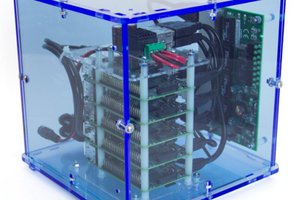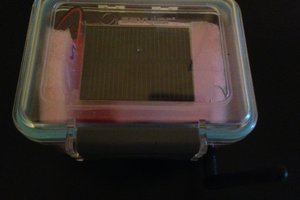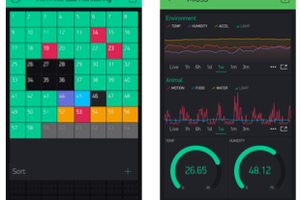The goal of this project is to provide a useful resource for anyone who wants to protect against hackers, rogue government spy agencies, industrial competitors, etc who want to steal your private data that should be yours, and yours alone.
The Router That Listens
The basis of the 1st generation prototype will be a Raspberry PI 2 Model B ("RPi").
Due to budget considerations, I will start working on the router before the server.
Details of how to honeypot black hats to reveal private data theft:
- use keywords, system signatures, encryption, etc to trick NSA et al and other sloppy blackhats into revealing the techniques/capabilities they use to steal data over networks from various types of targets (such as political dissidents, opposition political parties, privacy/security-conscious private citizens, financial organizations, data centers, industrial facilities, rival companies, governments, military bases and targets, air gapped computers, etc)
- obvious limitations: this clearly does not deal with detecting MITM attacks. This is only relevant to detecting theft of purely local data.
Thanks for reading about this project; please leave any comments or questions below!
If you have ideas or code to contribute, or if you would like to collaborate on this, please leave a comment below or message me.
 Dylan Bleier
Dylan Bleier

 Phil Hazur
Phil Hazur
 shane kirkbride
shane kirkbride
 Lex Kravitz
Lex Kravitz
you might be very interested in what these folks do:
http://blog.fox-it.com/2015/04/20/deep-dive-into-quantum-insert/